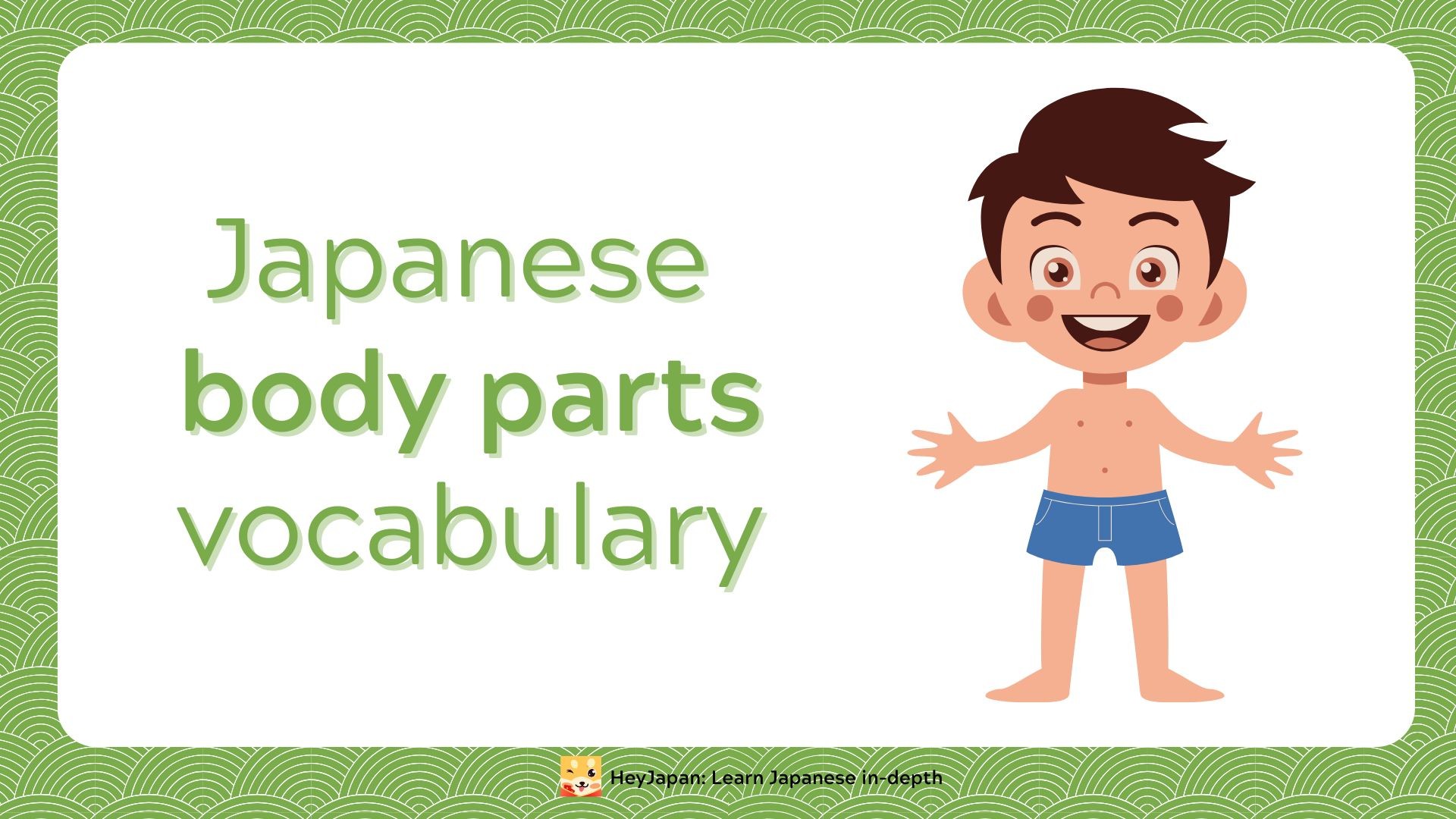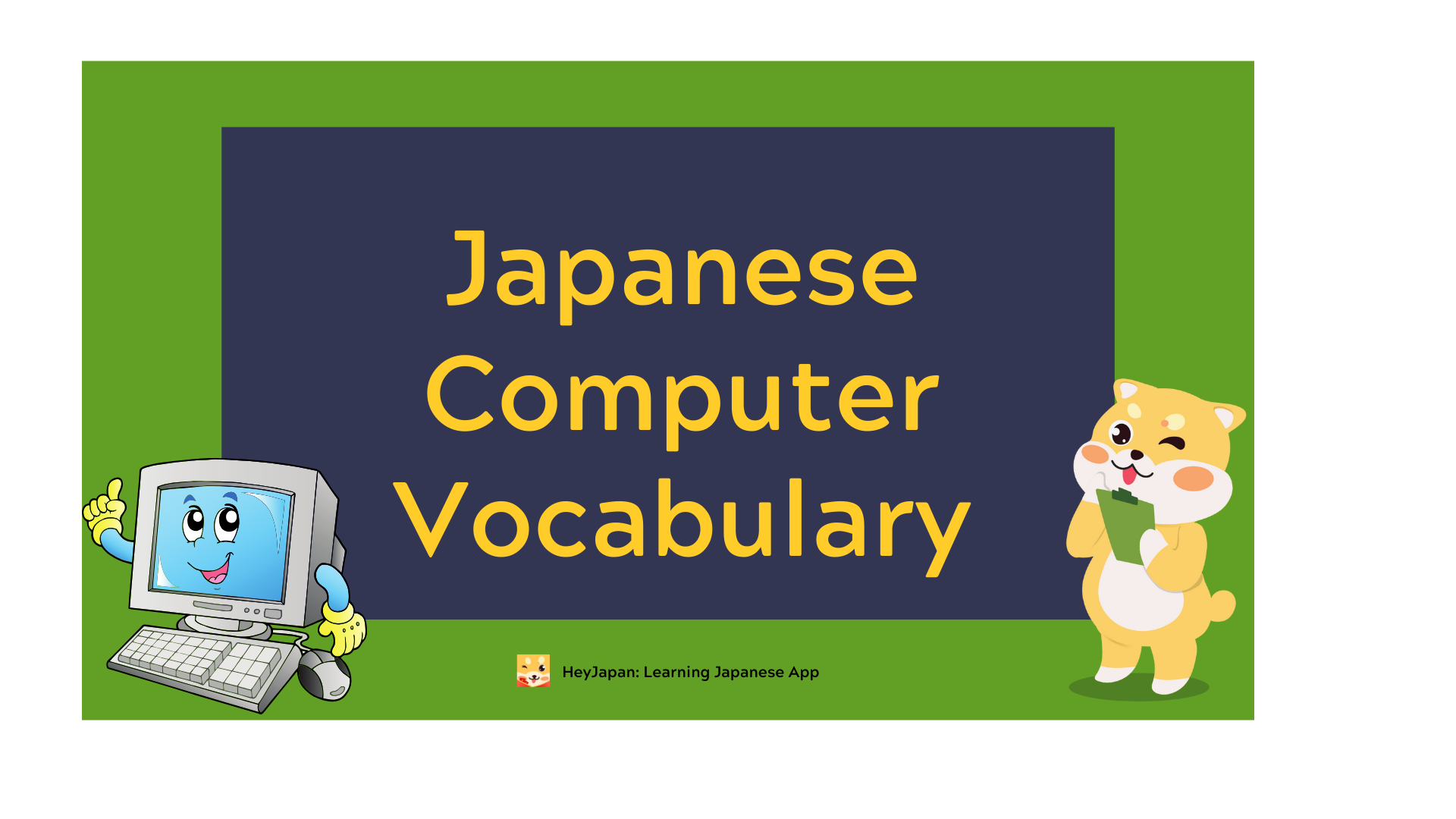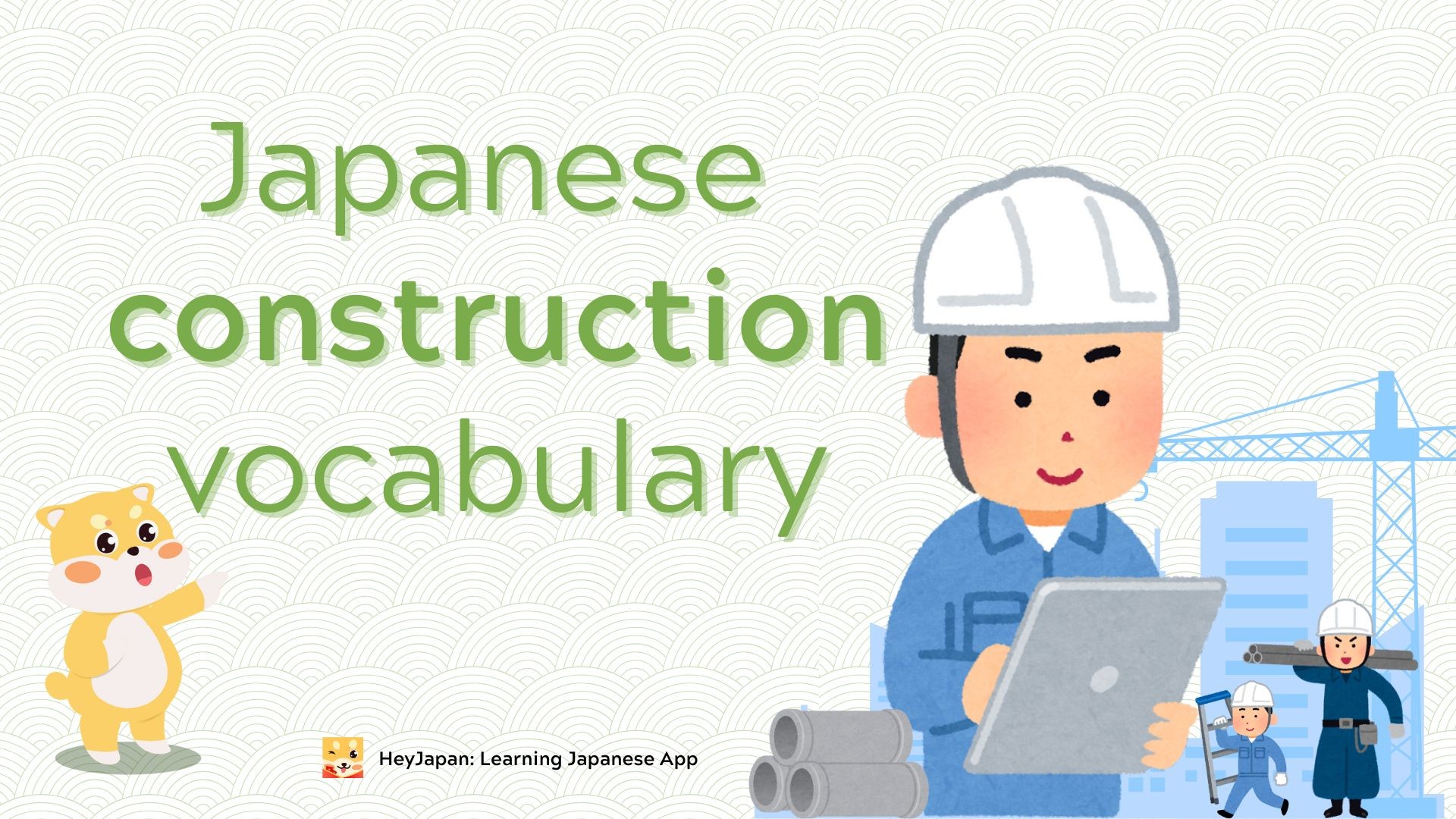- Basic and Detailed Body Parts Vocabulary in Japanese
- Head and Face
- Torso and Limbs
- Internal Body Parts
- Common Phrases Using Body Parts Vocabulary
- Body Parts in Medical and Health Contexts
- Adjectives for Describing Body Parts in Japanese
Whether you're talking about your health, going to the doctor, or simply having a conversation, knowing how to refer to various body parts in Japanese will help you communicate effectively. In this article, we’ll explore the essential vocabulary related to body parts, including both basic and detailed terms, along with examples of how to use them in daily conversations.
Basic and Detailed Body Parts Vocabulary in Japanese
First, let's go over some key body parts and their Japanese translations. These words are fundamental for anyone learning the language and will be useful in various contexts, whether you're discussing anatomy, health, or daily activities.
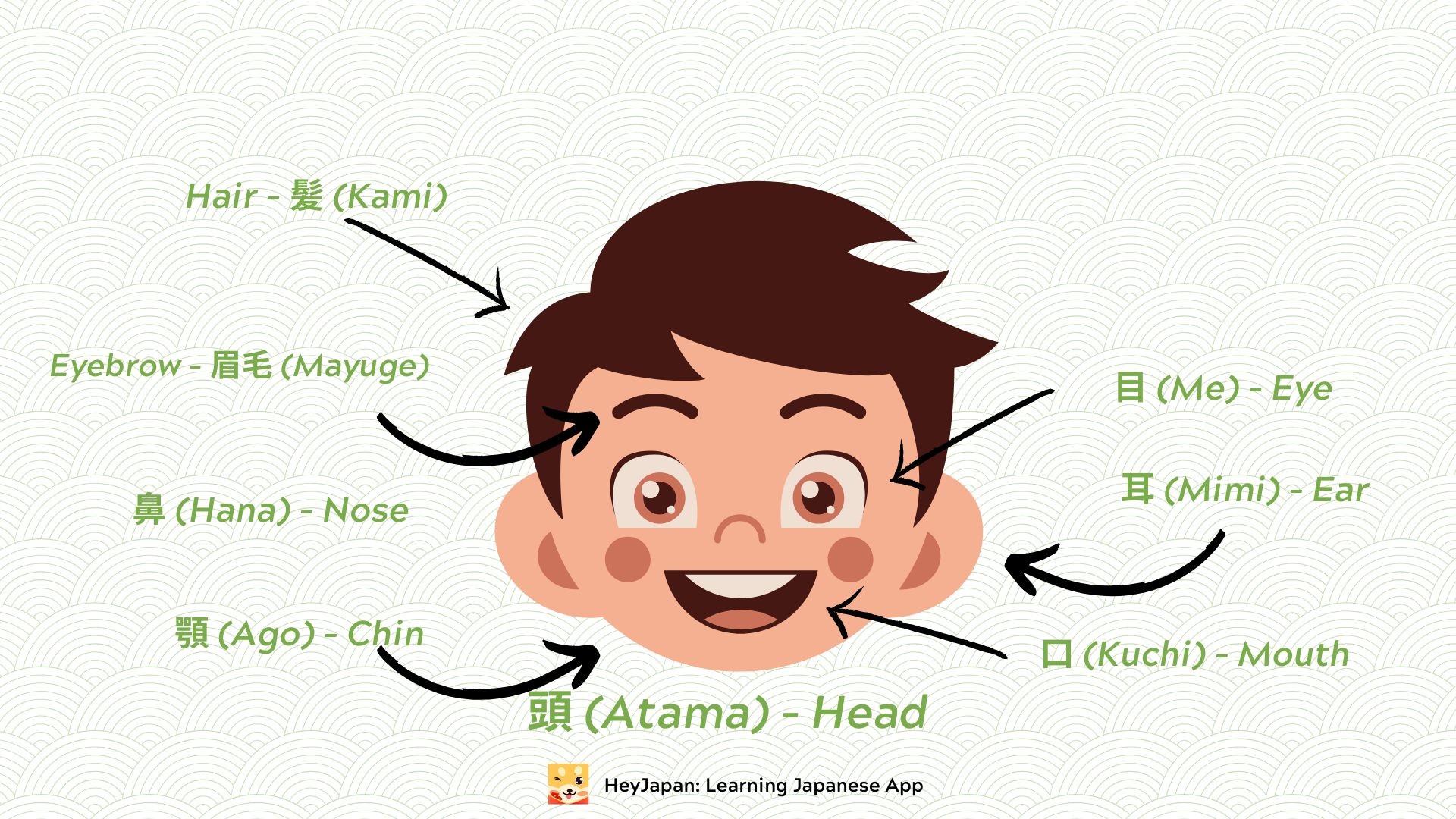
Head and Face
-
頭 (Atama) – Head
-
顔 (Kao) – Face
-
目 (Me) – Eye
-
耳 (Mimi) – Ear
-
鼻 (Hana) – Nose
-
口 (Kuchi) – Mouth
-
歯 (Ha) – Tooth
-
舌 (Shita) – Tongue
-
顎 (Ago) – Chin
-
Hair – 髪 (Kami)
-
Eyebrow – 眉毛 (Mayuge)
Torso and Limbs
-
首 (Kubi) – Neck
-
肩 (Kata) – Shoulder
-
胸 (Mune) – Chest
-
背中 (Senaka) – Back
-
腹 (Hara) – Abdomen, Stomach
-
腰 (Koshi) – Waist
-
手 (Te) – Hand
-
腕 (Ude) – Arm
-
指 (Yubi) – Finger
-
足 (Ashi) – Leg
-
膝 (Hiza) – Knee
-
足首 (Ashikubi) – Ankle
-
足の裏 (Ashi no ura) – Sole of the foot
-
爪 (Tsume) – Nail
Internal Body Parts
-
心臓 (Shinzou) – Heart
-
肺 (Hai) – Lungs
-
肝臓 (Kanzou) – Liver
-
胃 (I) – Stomach
-
腸 (Chou) – Intestines
-
脳 (Nou) – Brain
These words cover the basic body parts and some internal organs that are essential when describing the human body in Japanese.
Common Phrases Using Body Parts Vocabulary
Now that you know the essential vocabulary, it's helpful to learn some common phrases to use these words in daily conversations. Here are some examples:
-
頭が痛いです (Atama ga itai desu) – I have a headache.
-
足が疲れました (Ashi ga tsukaremashita) – My legs are tired.
-
手を洗ってください (Te wo aratte kudasai) – Please wash your hands.
-
目が痛いです (Me ga itai desu) – My eyes hurt.
-
鼻が詰まっています (Hana ga tsumatteimasu) – I have a stuffy nose.
-
背中が痛いです (Senaka ga itai desu) – My back hurts.
-
膝を怪我しました (Hiza wo kegashimashita) – I hurt my knee.
These phrases are commonly used to describe how you feel or explain physical discomfort. Mastering these expressions will help you communicate better in medical situations or simply talk about your body in Japanese.
Body Parts in Medical and Health Contexts

Knowing the body parts vocabulary can be especially important in medical or health-related situations. When visiting a doctor, understanding the names of your body parts can help you explain your symptoms clearly. Some additional phrases for health-related contexts include:
-
病院 (Byouin) – Hospital
-
医者 (Isha) – Doctor
-
診察 (Shinsatsu) – Examination
-
治療 (Chiryou) – Treatment
-
痛み (Itami) – Pain
-
薬 (Kusuri) – Medicine
For example, if you have a headache, you can say 頭が痛いです (Atama ga itai desu) to let the doctor know. If you have a sore throat, you might say 喉が痛いです (Nodo ga itai desu).
Adjectives for Describing Body Parts in Japanese
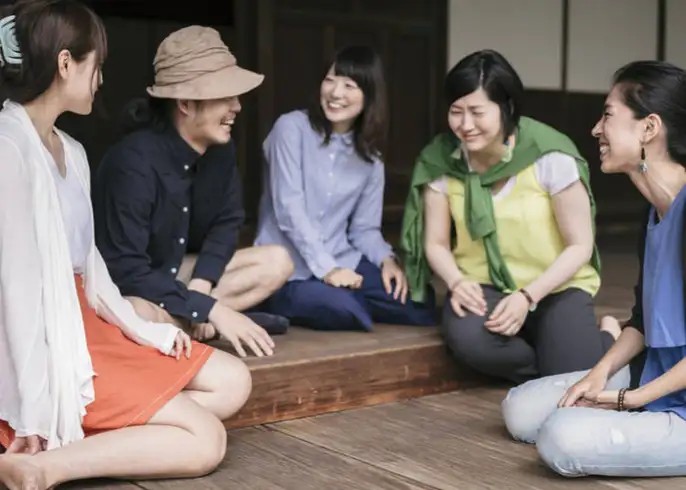
-
大きい (Ookii) – Big
Example: 大きい目 (Ookii me) – Big eyes -
小さい (Chiisai) – Small
Example: 小さい手 (Chiisai te) – Small hands -
長い (Nagai) – Long
Example: 長い髪 (Nagai kami) – Long hair -
短い (Mijikai) – Short
Example: 短い足 (Mijikai ashi) – Short legs -
太い (Futoi) – Thick
Example: 太い腕 (Futoi ude) – Thick arms -
細い (Hosoi) – Thin
Example: 細い指 (Hosoi yubi) – Thin fingers -
強い (Tsuyoi) – Strong
Example: 強い足 (Tsuyoi ashi) – Strong legs -
弱い (Yowai) – Weak
Example: 弱い背中 (Yowai senaka) – Weak back -
痛い (Itai) – Painful
Example: 痛い手 (Itai te) – Painful hand -
健康的 (Kenko-teki) – Healthy
Example: 健康的な体 (Kenko-teki na karada) – Healthy body -
赤い (Akai) – Red
Example: 赤い目 (Akai me) – Red eyes (could refer to irritation or tiredness) -
青い (Aoi) – Blue
Example: 青い顔 (Aoi kao) – Blue face (may refer to being sick or faint) -
乾燥した (Kansou shita) – Dry
Example: 乾燥した皮膚 (Kansou shita hifu) – Dry skin -
柔らかい (Yawarakai) – Soft
Example: 柔らかい肌 (Yawarakai hada) – Soft skin -
硬い (Katai) – Hard
Example: 硬い手 (Katai te) – Hard hands (e.g., rough, calloused hands) -
冷たい (Tsumetai) – Cold
Example: 冷たい足 (Tsumetai ashi) – Cold feet -
温かい (Atatakai) – Warm
Example: 温かい手 (Atatakai te) – Warm hands -
美しい (Utsukushii) – Beautiful
Example: 美しい顔 (Utsukushii kao) – Beautiful face -
不健康 (Fukenko) – Unhealthy
Example: 不健康な体 (Fukenko na karada) – Unhealthy body -
痩せた (Yaseta) – Thin (weight)
Example: 痩せた腕 (Yaseta ude) – Thin arm
Learn more:
- 31+ Daily Routine Vocabulary in Japanese - Everyday life
-
50+ Japanese Weather Vocabulary - a complete guide for beginners
-
Medicine Vocabulary in Japanese – Words to use in hospital and pharmacy

